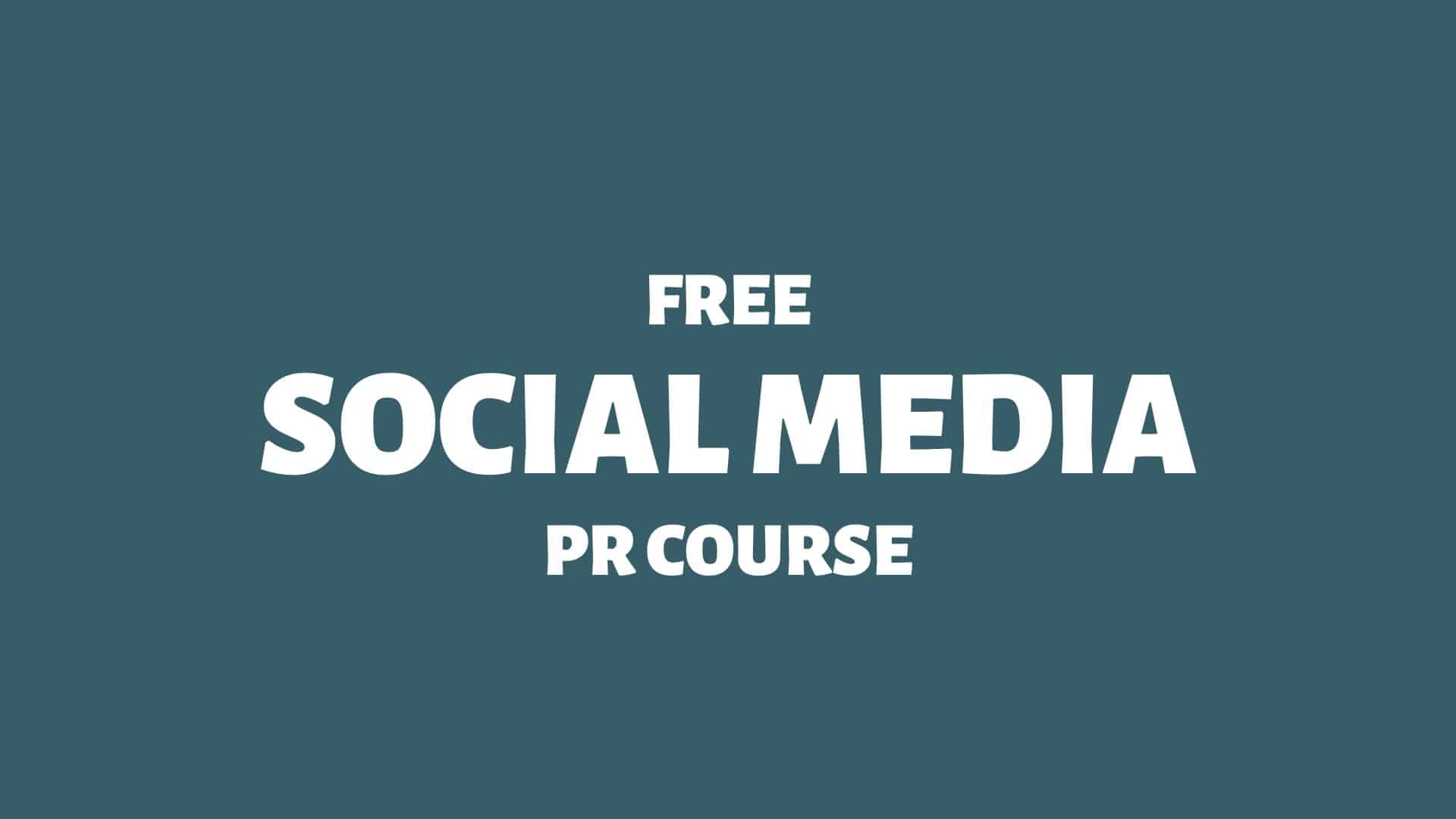There’s a narcissistic principle behind all social shares.
I’ll examine why we share on social media in this blog post.
I’ll also demonstrate why brands should think differently about social media copy.
Here we go:
The Narcissistic Principle
“People want to be loved; failing that admired; failing that feared; failing that hated and despised. They want to evoke some sort of sentiment. The soul shudders before oblivion and seeks connection at any price.”
— Hjalmar Söderberg (1869−1941), Swedish author
When we share on social media, we share for a reason. And that reason typically has something to do with… ourselves:
It’s the narcissistic principle behind why we share on social media.
The narcissistic principle = when we share or engage on social media, we mainly share aspects of ourselves — because that’s what we care about most. 1Silfwer, J. (2012, July 16). The Narcissistic Principle. Doctor Spin | The PR Blog. https://doctorspin.net/narcissistic-principle/
If you can get social media to work for you, great.
Make the most of it.
However, we should all be mindful not to let the “online pressure cooker” get the better of us.
“A status update with no likes (or a clever tweet without retweets) becomes the equivalent of a joke met with silence. It must be rethought and rewritten. And so we don’t show our true selves online, but a mask designed to conform to the opinions of those around us.”
— Neil Strauss, Wall Street Journal
Learn more: The Narcissistic Principle
Prompts for Self-Expression
Look at this tweet where I’ve replied:

I’m being manipulated by the narcissistic principle here. The original tweet is baiting people to reply. I’m trying to signal that I’m smart here, but that’s not the case.
The tweet is most likely sent out by a Russian bot aiming to ignite division. Like a noob, I reacted, trying to be funny.
The psychological power of tweets like these is how they’re designed to be prompts for self-expression. Brand updates in social media practically never do this.
The kicker is that most brand updates are missing the point of this narcissistic principle. They use up all the oxygen, so there’s nothing left for anyone to add.
Leave Room for “Ego Reactions”
So, we rarely share corporate messages on our social networks. Not because brands have nothing interesting to say but because they’re doing a good job ensuring everything is being said.
To run a DIY experiment, I collected 100 social media updates re-shared by a user. Out of these, 86 updates included shared comments where the users expressed something about themselves — “ego reactions.”
I then collected a smaller sample of branded social media updates without shares. I tried to think of my share comment — if I were to share these tweets. Nothing came to mind.
So, what to do?
Look at your brand’s social media copy. If someone were to share your update in their feeds, would it be easy to instantly add share comments to express themselves?

THANKS FOR READING.
Need PR help? Hire me here.

What should you study next?
Spin Academy | Online PR Courses

Spin’s PR School: Free Social Media PR Course
Discover this free Social Media PR Course and master the art of digital public relations on social networks and platforms. Explore now for valuable insights!
Social Media Psychology
Social Media Management
Social Media Issues
Learn more: All Free PR Courses
💡 Subscribe and get a free ebook on how to get better PR.

Annotations
| 1 | Silfwer, J. (2012, July 16). The Narcissistic Principle. Doctor Spin | The PR Blog. https://doctorspin.net/narcissistic-principle/ |
|---|



Social Media Mechanics